How To Find Complex Solutions
| See Quadratic Formula for a refresher on using the formula. In Algebra 1, you plant that certain quadratic equations had negative square roots in their solutions. Upon investigation, information technology was discovered that these square roots were chosen imaginary numbers and the roots were referred to every bit complex roots. Permit's refresh these findings regarding quadratic equations and then look a little deeper.
Consider this case:
The complex roots in this example are x = -ii + i and x = -ii - i. These roots are identical except for the "sign" separating the 2 terms. One root is -2 PLUS i and the other root is -2 MINUS i. Roots that possess this pattern are chosen complex conjugates (or conjugate pairs). This pattern of complex conjugates will occur in every set of complex roots that you volition encounter when solving a quadratic equation. When expressed as factors and multiplied, these complex conjugates will allow for the centre terms containing "i "due south to cancel out. If the roots of a quadratic equation are imaginary,
If the discriminant is negative, yous have a negative under the radical The discriminant, b ii - 4air conditioning , offers valuable information well-nigh the "nature" of the roots of a quadratic equation where a, b and c are rational values. It quickly tells you if the equation has two real roots (b 2 - 4ac > 0), one real repeated root (b 2 - fourac = 0) or two complex cohabit roots (b 2 - 4air conditioning < 0). If you are trying to make up one's mind the "type" of roots of a quadratic equation (not the actual roots themselves), you lot demand not complete the entire quadratic formula. Simply look at the discriminant.
Annotation: The re-posting of materials (in part or whole) from this site to the Internet is copyright violation | ||||||||||||||||||||
How To Find Complex Solutions,
Source: https://mathbitsnotebook.com/Algebra2/Quadratics/QDQuadratics.html
Posted by: ameswhingle1991.blogspot.com

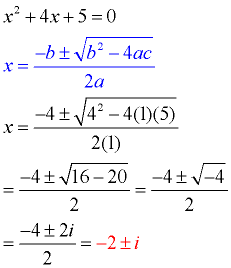
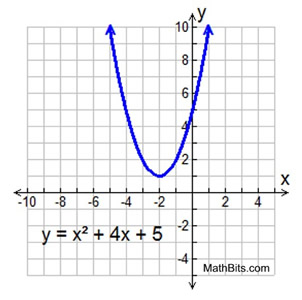
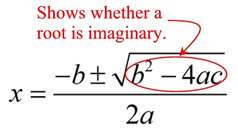
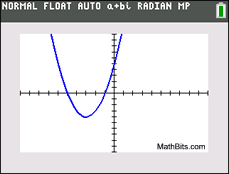
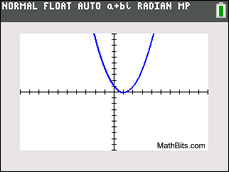

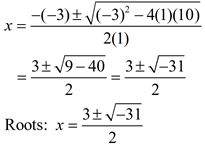


0 Response to "How To Find Complex Solutions"
Post a Comment